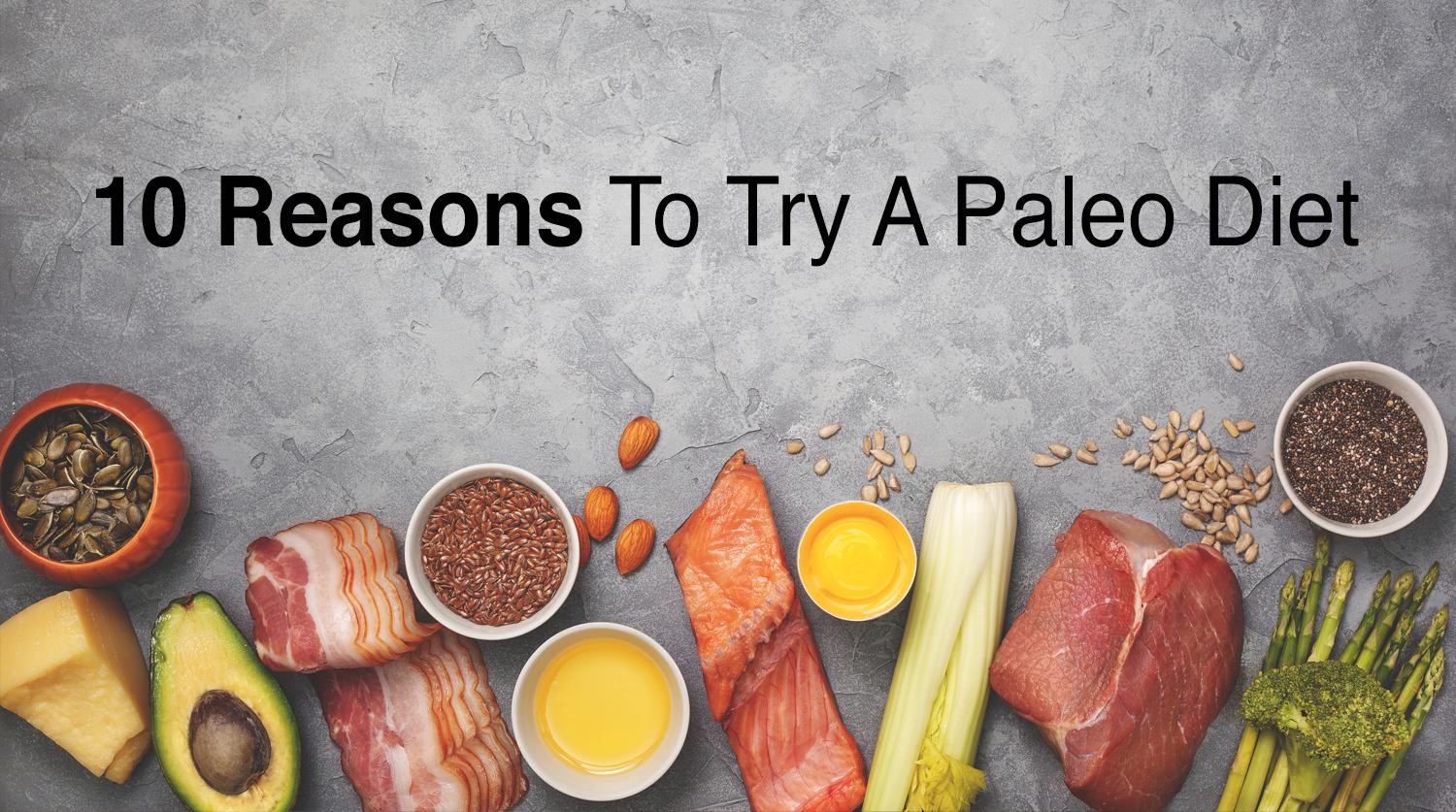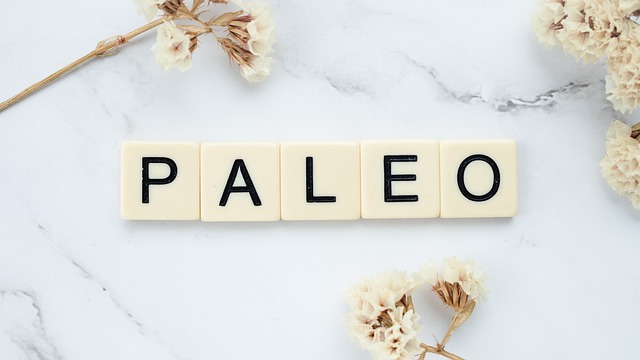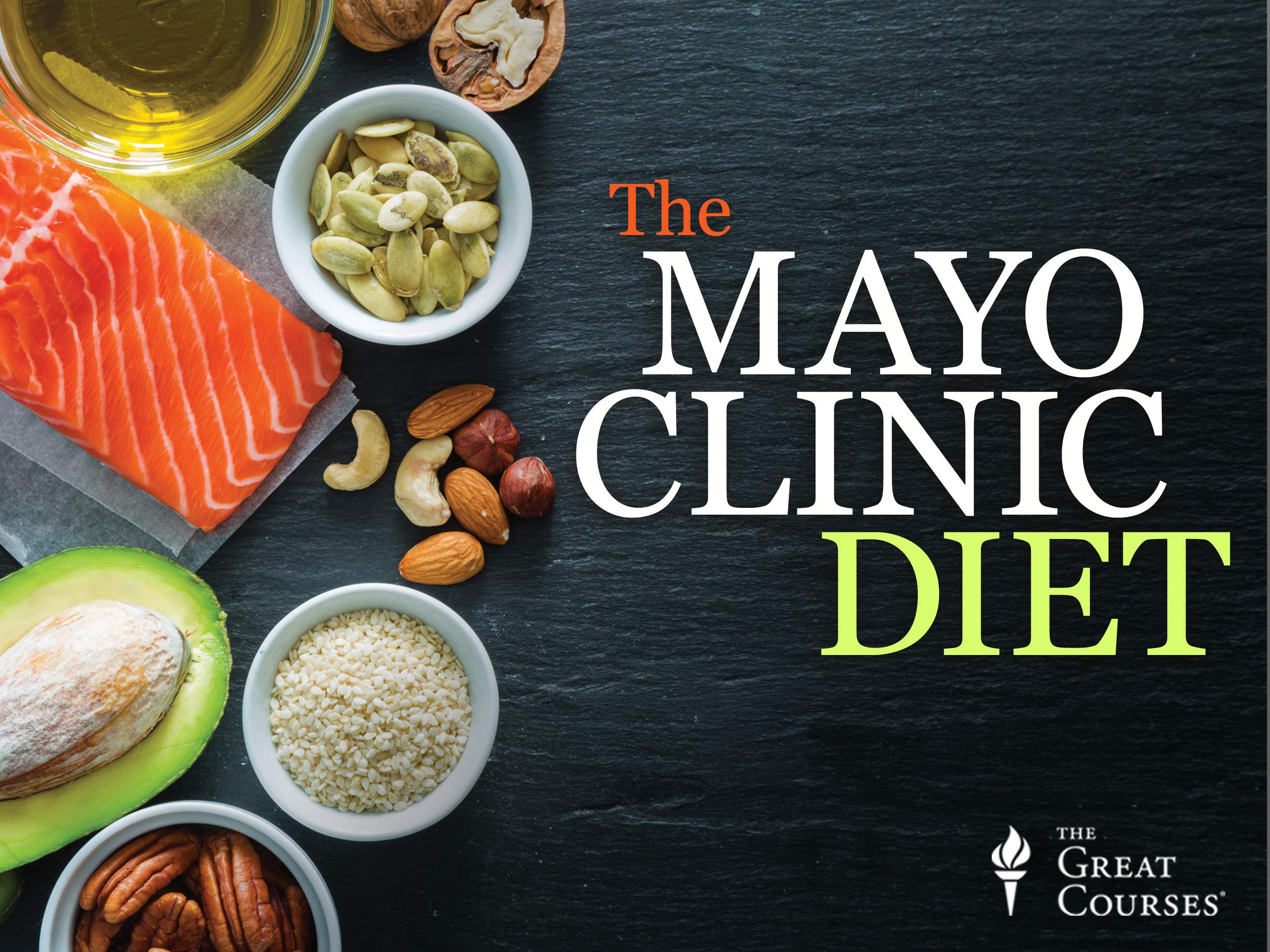
The controversial question of whether the Paleo diet can help prevent heart disease is still being debated. While the benefits of the diet are generally accepted, some studies show a link to a higher likelihood of developing heart disease. Researchers examined the effects of the diet upon arterial distensibility, plasma glucose tolerance, total cholesterol and LDL levels, as well as circulatory metabolism.
Increased chance of developing heart disease
A new study found that Paleo significantly raises levels of a blood indicator linked to heart disease. Trimethylamine noxide is a naturally-occurring organic compound that is found in the gut. The Paleo diet was found to have higher levels of TMAO in comparison to traditional Australians who followed a similar diet. An increase in TMAO levels can lead to heart disease.
Researchers from four Australian institutions discovered that Paleo dieters had elevated levels in a compound which is linked to heart disease. Trimethylamine Noxide (produced in the gut by bacteria) is linked to the development heart disease. Eating a Paleo diet is also known to lower levels of beneficial bacteria, but further studies will be necessary to determine the exact role that this reduced carbohydrate intake has on heart health.
An increase in the risk of inflammation
Paleo diets are linked to heart disease. Paleo dieters have higher levels Interlukin-10, which is a signaling chemical released by the immune cells. Researchers believe that a lower interlukin-10 level could predict a higher rate of heart disease. Research is still needed to verify the relationship between interlukin-10 and inflammation.

The Paleo diet consists of an omittal of grains, legumes, and vegetable oils. This diet is heart-healthy, but high in fat. It is high in saturated and trans fats and can be expensive. Paleo is expensive and some people can't afford it. The high cost of these meats may be a deterrent for people on a lower income.
Higher risk of developing kidney disease
The Paleo diet is popular among health nuts, but there are some concerns about it. This diet emphasizes meat as it is high in cholesterol. Paleo prohibits the consumption refined sugars. They are high in empty calories. These sugars are also linked to obesity, diabetes, and heart disease. The Paleo diet does not include legumes and encourages meat consumption.
Paleo diet is good for increasing fiber intake. It also helps to reduce the waistline. The diet's high fiber content helps lower cholesterol levels. Avoid eating egg yolks. High-quality protein is a better option for your kidney health than egg yolks. The amount of protein in the urine can be decreased by drinking lots of water. But, there is always the possibility of developing kidney disease.
Higher risk of developing heart disease in women
Paleo is a popular diet for many reasons. It has many heart-healthy and beneficial benefits. It is based upon the Mediterranean diet and Nordic diets. Due to its high animal fat allowance, it contains high amounts of saturated and transfats. High levels of beef consumption are associated with increased heart disease risk. Paleo isn't for everyone. Paleo can be costly for people with low income.
Research has shown that women who eat Paleo have a lower risk of developing heart disease if they consume saturated fat and cholesterol. The Paleo diet doesn't eliminate all junk food. However, it does reduce saturated fat. Recent research on the nutritional links between heart disease and saturated fat found that there was not enough evidence to link saturated oil to heart disease. A paleo diet contains fewer vegetables than the standard diet but still includes plenty of fruits and vegetables.
Gut bacteria: Effects

A new study suggests that Paleo diets may reduce the risk of obesity and heart disease. The researchers compared TMAO levels among people who ate Paleo versus those who didn't. A high-protein diet was associated with the growth of beneficial bacteria and a lower number of pathogenic microbes. A high-protein diet can increase the risk of micronutrient deficiencies and decrease gut health, as well as lead to chronic diseases.
The researchers also found a strong relationship between TMAO levels and a person's diet. According to the findings, a higher intake in animal-based protein (such as meat and fish) increased the amount of TMAO found in the blood. The participants' blood levels were almost twice the level of TMAO as the controls in the study. The researchers also found that vegans had lower TMAO values than paleo-dieters. The researchers also found that participants who took carnitine supplements had significantly lower TMAO levels.
FAQ
What is the best career path for someone who wants to be a chef? How do I begin my career as chef?
You should start as an apprentice if you are interested in becoming chef. Apprenticeships let you work for many years and pay no tuition fees. After completing your apprenticeship, you can apply for a position as a sous chef. Sous chefs supervise cooks and assist them with tasks like making salads and desserts. They also oversee the entire operation of the restaurant.
Are there any ingredients that I must buy in order to make a meal?
You don’t always need to buy the ingredients. Most grocery stores sell premade sauces and other items you can use as substitutes. However, you can save money by buying pre-made meals.
How long does it take to learn to cook? What amount of time will it take to master the art?
It all depends on your skill level. Some people can learn basic cooking techniques in as little as a week. Others might need months or even years to master basic cooking techniques.
The time taken to learn to cook will depend on who you ask. An example: Someone who has never cooked before may need more time than someone who makes regular meals. You may also need more experience with certain types of cooking than others. Baking, for example, requires more experience than frying.
If you want to learn how quickly you can cook, you should focus on learning a specific technique. Once you are proficient in that technique, you can move onto the next one. You don't need to worry about how many days or weeks it took to learn how to cook. You can just keep at it and enjoy the process.
How do you learn to cook the best?
Cooking can be something everyone should master. You'll miss out on delicious meals if your skills are not up to par. When learning how to cook, the first thing to do is find a recipe you love and follow it closely. You'll then want to practice small adjustments until you feel confident making the dish. Finally, try cooking for others. This will allow you to improve your cooking skills and test your abilities.
Is there a difference between a chef and a cook?
A chef prepares food to be served to others. A cook prepares food for himself or herself. While both jobs involve the preparation of food, a chef interacts directly with his customers. They may need to make decisions about what they will serve to their guests based upon their preferences. A cook does not interact with customers. Instead, he or she ensures that the food tastes good before serving it to anyone.
What is the cost to study culinary arts?
The price of studying culinary arts varies widely. A four-year degree in culinary arts typically costs around $40,000. A two-year associate degree, on the other hand may cost less than $5,000. The type of program you choose will determine the tuition rates. Private institutions charge higher prices than public ones.
Statistics
- According to the BLS, chefs earn $58,740 a year. (learnhowtobecome.org)
- You'll be amazed that over 90% of CIA students receive scholarships and grants to finish their culinary studies. (ischoolconnect.com)
- In the United States, the category is estimated at $23.2 billion annually and is growing faster than the market. (washingtonpost.com)
External Links
How To
How to make Apple Pie
Making an apple pie is a process that involves several steps. Washing the apples is the first step. Then peel the apples and cut them into small pieces. Then you add sugar, cinnamon, cloves, and lemon juice. Mix everything and put it in the oven at 350 degrees Fahrenheit for 15 minutes. Let the mixture cool in the oven for 15 minutes, then add the cream to the top. Finally, you sprinkle some powdered sugar on top and serve it.